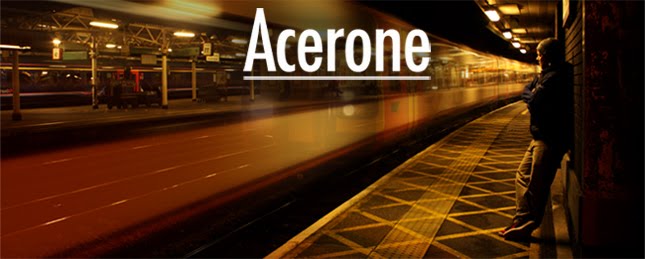Top blogger and Bristol based photographer Lil' Pete (and smelly toed climber) just asked me what was causing all the weird reflections on the picture of the artwork i have been posting for the Suspension Bridge print. I guess others might have wondered too, and the simple answer is because each colour is painted directly onto acetate which, like glass, is highly reflective.
I chose to make this print (and the North St. print) using a process that stays as true the wall paintings i have made as possible.
So when making a print i start by taking the original photograph. This is then altered in Adobe Photoshop and the light areas printed out onto acetate (OHP paper). I project the light areas onto matt black mounting board and paint white paint into the areas of the highlights. This becomes the first layer.
The second layer, usually red, is painted onto a sheet of A2 acetate that sits on top of the first layer. This way i can accurately trace the white layer and add the red paint to the areas that will eventually be printed red. I then repeat this process for each of the different colours - in this prints' case, yellow and green. The reason for separating each colour as a new layer is to do with turning each layer into a separate silk screen to make the prints with. Each of the individual acetate layers are photographed in high resolution and imported into Photoshop, messed with a little bit and then printed back out in grayscale onto yet another sheet of acetate which is eventually 'burned' into a silk screen.
Complicated i know - and there are far easier ways to achieve a similar result, but i have decided to keep the process of making a print as true to the way i make a wall painting as i possibly can. I hope that this goes some way to capturing the energy of a large scale wall painting into the far smaller silk screen print...
So that is my long winded answer to a very simple question - Cheers Pete!
Sanctum
10 years ago

No comments:
Post a Comment